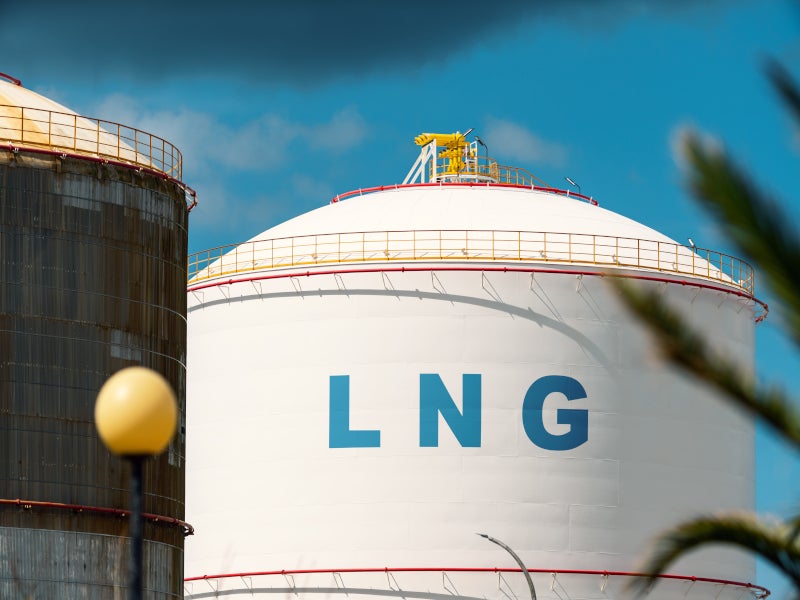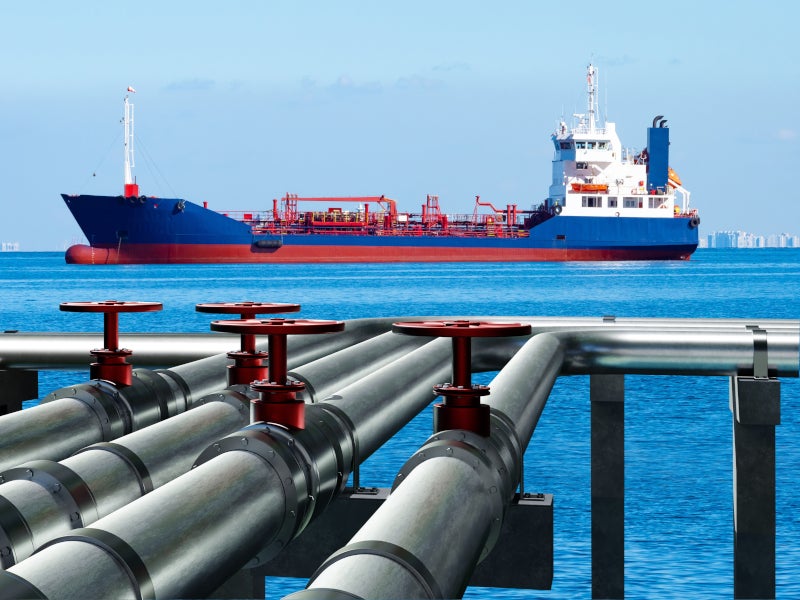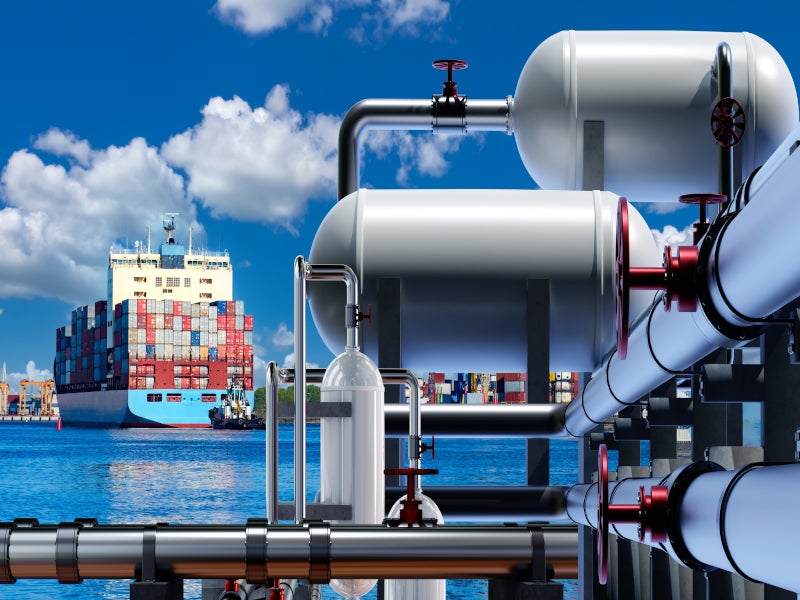The Swan LNG terminal being developed in Gujarat, India will be the country’s first greenfield liquefied natural gas (LNG) port venture.
The project is being developed by Swan LNG, a subsidiary of oil and gas company Swan Energy.
Swan Energy holds a 63% share in the project, while the Gujarat Maritime Board, a government agency, holds 15% and Gujarat State Petronet – an energy transport infrastructure company – and Mitsui O.S.K. Lines (India), hold 11% each.
Swan Energy procured the final environmental clearance from the Ministry of Environment, Forest and Climate Change (MOEFCC) and a letter of intent from the Gujarat Maritime Board (GMB) to develop the project.
The inaugural phase of the LNG terminal, with an investment of Rs.42bn ($504m), is set for completion by the end of 2024. The subsequent phase, involving an investment of Rs.8bn ($96m), will construct an additional jetty.
Primary clients will be major industry stakeholders such as Indian Oil Corporation, the Bharat Petroleum Corporation, the Oil and Natural Gas Corporation and Gujarat State Petroleum.
Project location
The project is located in Bhankodar Village in Amreli district, at the Gulf of Cambay on the southwestern coastline of Gujarat’s Saurashtra peninsula, within Jafrabad Creek.
It lies between Pipavav Port to the east and Jafrabad Port to the west, with Rajula, the nearest significant town, situated 24km to the northeast of the LNG port site.
The project development will encompass a 97-hectare land parcel.
Swan LNG terminal details
The Swan LNG terminal project comprises the development of an LNG port for LNG regasification using a floating storage and regasification unit (FSRU) along with a floating storage unit (FSU).
Phase one of the Swan LNG terminal is expected to have a capacity of five million tonnes (Mtpa) with the possibility to expand up to 10Mtpa in the subsequent phase.
At the terminal, LNG will be preserved in FSRU and FSU tanks at a frigid temperature of -160°C to retain its liquid state. When primed for distribution, the LNG will be pumped from the tanks and undergo regasification via the FSRU before being dispatched to consumers.
The terminal’s infrastructure will include an LNG jetty equipped with cryogenic unloading and loading arms, high-pressure LNG pumps, vaporisers and FSRUs engineered to receive and regasify LNG at -160°C. In addition, a comprehensive network of send-out pipelines will convey the regasified LNG to a delivery point 3km from the terminal.
Additional crucial installations will include metering systems, electrical infrastructure, security enclosures, fire water storage tanks and various amenities. Marine utilities such as moorings, fenders, lines and berthing aid systems will also be provided to ensure efficient operations.
LNG will be delivered to the terminal by large LNG vessels with capacities ranging from 80,000m³ to 266,000m³.
Port details
The port’s strategic location is in proximity to the international shipping lane that links Colombo with the Gulf nations.
The port will support tug/pilot boat operations, situated between two jetties outside the LNG exclusion zone, and include firefighting capabilities. It will be serviced by four 70t tugs. The mooring layout will incorporate breasting and mooring dolphins to accommodate a variety of vessels, including larger ones for LNG carriers and FSRUs.
Navigation buoys will demarcate channel boundaries and inner basin areas, conforming to International Association of Lighthouse Authorities System A standards.
The harbour will undergo dredging to secure a minimum depth of 14.5m, with an anticipated dredging volume of 8.52 million m³. Onshore facilities will encompass the development of a green belt, the construction of requisite buildings, and a pipeline corridor extending to the delivery point.
A 24in pipeline will transport high-pressure gas from the FSRU to the Gujarat State Petroleum’s gas grid, located 2km away, where custody transfer and processes such as filtering and odorisation will occur. The pipeline will be Supervisory Control and Data Acquisition-operated and equipped with advanced protection systems to prevent and minimise gas leaks.
FSRU details
Triumph Offshore, a joint venture between Swan Energy (51%) and the Indian Farmers Fertiliser Cooperative (49%), successfully took delivery of the FSRU Vasant 1 in September 2020. TOPL is chartering the FSRU to Swan LNG on a long-term lease for 20 years.
The vessel measures 294m in length with a moulded breadth of 48m. It has a cargo capacity 180,000m³ and a deadweight of 85,400Mt.
The vessel’s regasification capacity spans from a minimum of 50 million standard cubic feet per day (Mmscfd) to a nominal 750Mmscfd, peaking at 1,000Mmscfd. The vessel’s propulsion system features four dual-fuel diesel engines, enabling it to maintain a service speed of 12kt.
Project financing
The final investment decision (FID) for the project was achieved with the State Bank of India serving as the lead bank. The project’s term loan disbursement, amounting to Rs.18.10bn ($238.2m), had been received from its banks by March 2022.
Contractors involved
Concrete Layer Innovations constructed a 2,000m long breakwater, fortified with ACCROPODE II armour units varying in size from 6m³ to 12m³.
Black & Veatch, an engineering, procurement and construction (EPC) services provider, was awarded an EPC contract to deliver the jetty topside and onshore LNG facilities for the first phase.
The FSRU was built by Hyundai Heavy Industries (HHI), a shipbuilding company, at its shipyard in Korea.
NMDC, an EPC and marine services company, was awarded the contract for the design and construction of the LNG terminal.




